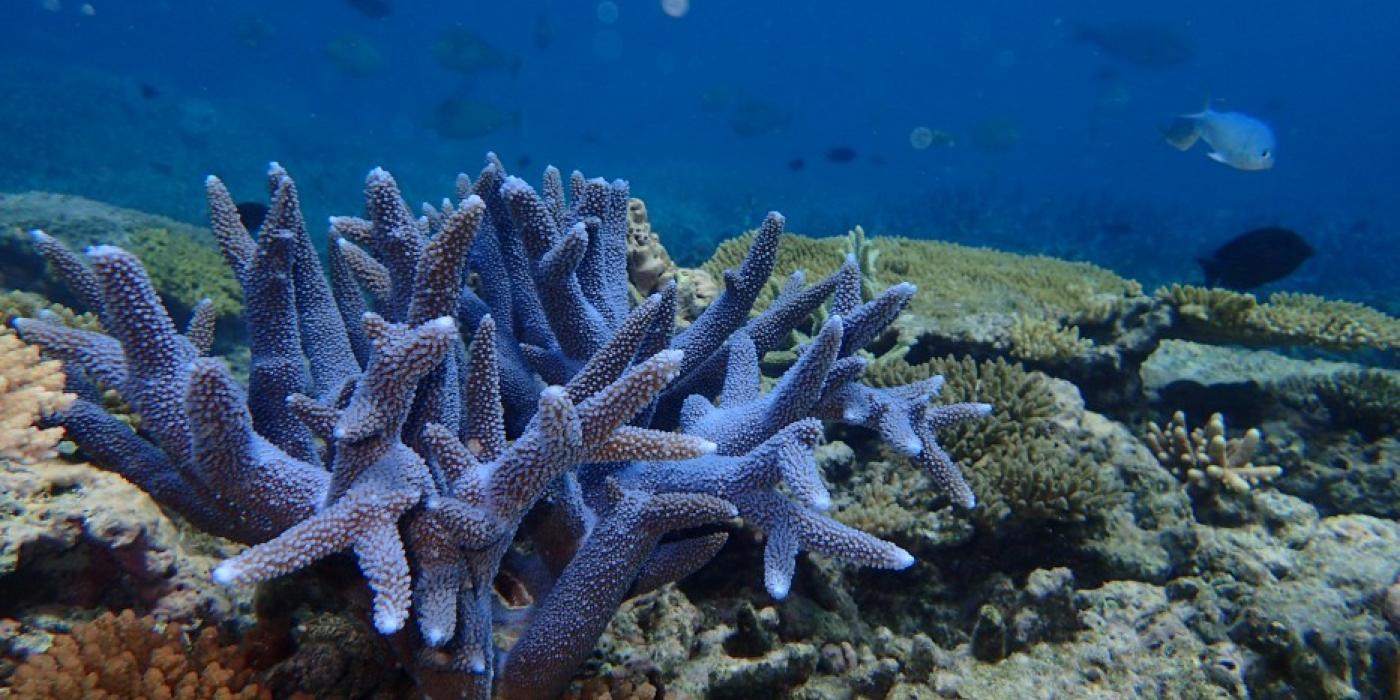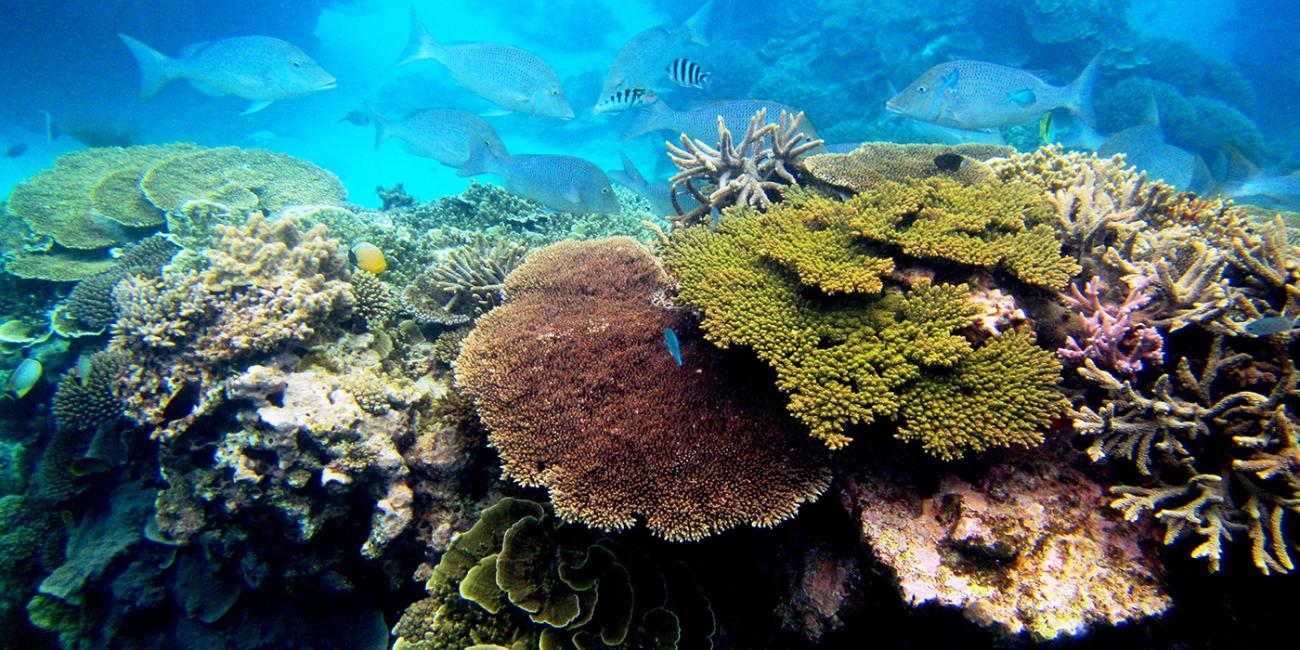Coral Species Cryopreserved with Global Collaborators
Mary Hagedorn, Ph.D., and her team developed a low-cost technique for cryopreserving coral sperm cells and have shared this knowledge with coral researchers around the world. Coral genetic material frozen in this way can be viable for hundreds of years. Conservationists can use the frozen sperm to generate new corals and to strengthen small populations by adding genetic diversity.
Below is a comprehensive list of all the coral species that have had sperm cells cryopreserved (as of December 2021) — an impressive result of international collaboration.
Caribbean (10)
- Acropora cervicornis
- Acropora palmata*
- Orbicella faveolata
- Diploria labyrinthiformis
- Colpophyllia natans
- Dendrogyra cylindrus
- Dichocoenia stokesii
- Meandrina meandrites
- Montastraea cavernosa
- Siderastrea siderea
Hawaii (4)
- Lobactis scutaria
- Montipora capitata
- Montipora flabellata
- Pocillopora meandrina
French Polynesia (4)
- Acropora globiceps
- Acropora hyacinthus*
- Acropora nasuta
- Acropora pulchra
Gulf of Mexico (6)
- Acropora palmata*
- Dendrogyra cylindrus
- Diploria labyrinthiformis
- Orbicella faveolata
- Orbicella annularis
- Pseudodiploria strigosa
Great Barrier Reef (26)
- Acropora aspera
- Acropora austera
- Acropora cytherea
- Acropora divaricata
- Acropora donei
- Acropora florida
- Acropora glauca
- Acropora hyacinthus*
- Acropora loripes
- Acropora millepora
- Acropora muricata
- Acropora nobilis
- Acropora sarmentosa
- Acropora spathulata
- Acropora tenuis
- Acropora valida
- Astrea curta
- Coelastrea aspera
- Cyphastrea microphthalma
- Dipsastraea matthai
- Echinopora lamellosa
- Galaxea fascicularis
- Goniastrea retiformis
- Montipora aequituberculata
- Platygyra daedalea
- Platygyra lamellina
Saudi Arabian Red Sea (3)
- Acropora hemprichii
- Acropora eurystoma
- Platygyra daedalea
*There is some overlap in cryopreserved species across regions. They are counted twice in this list because if they are not separate species, they are distinct populations.













